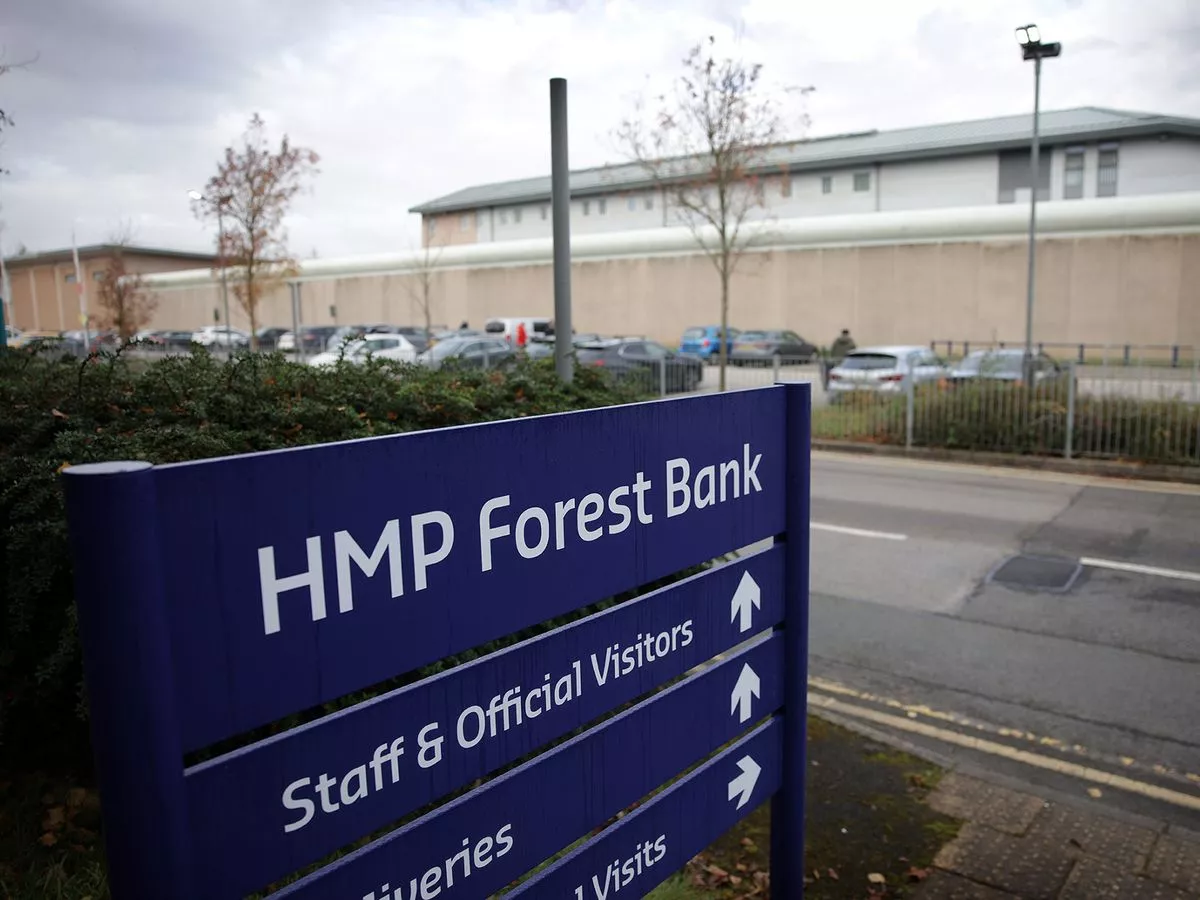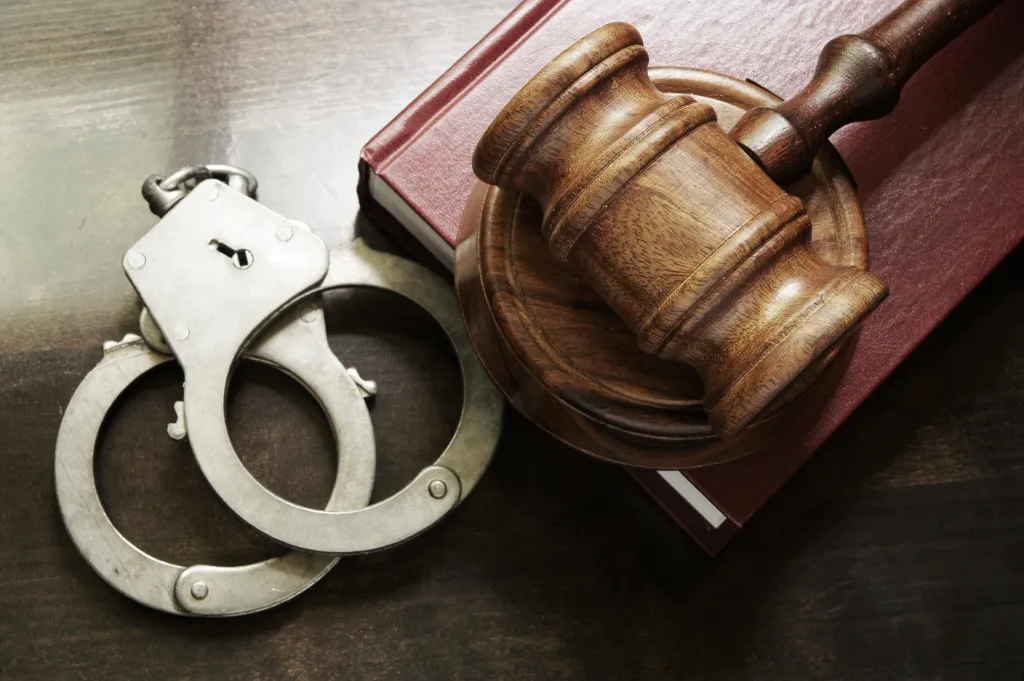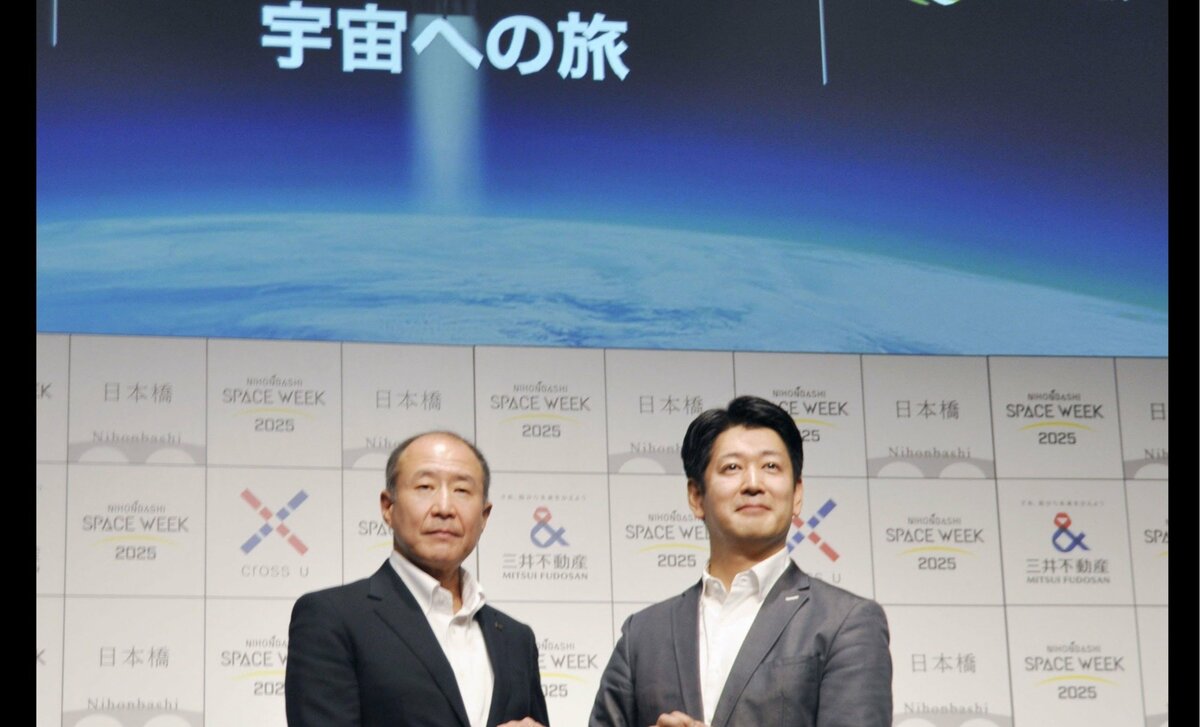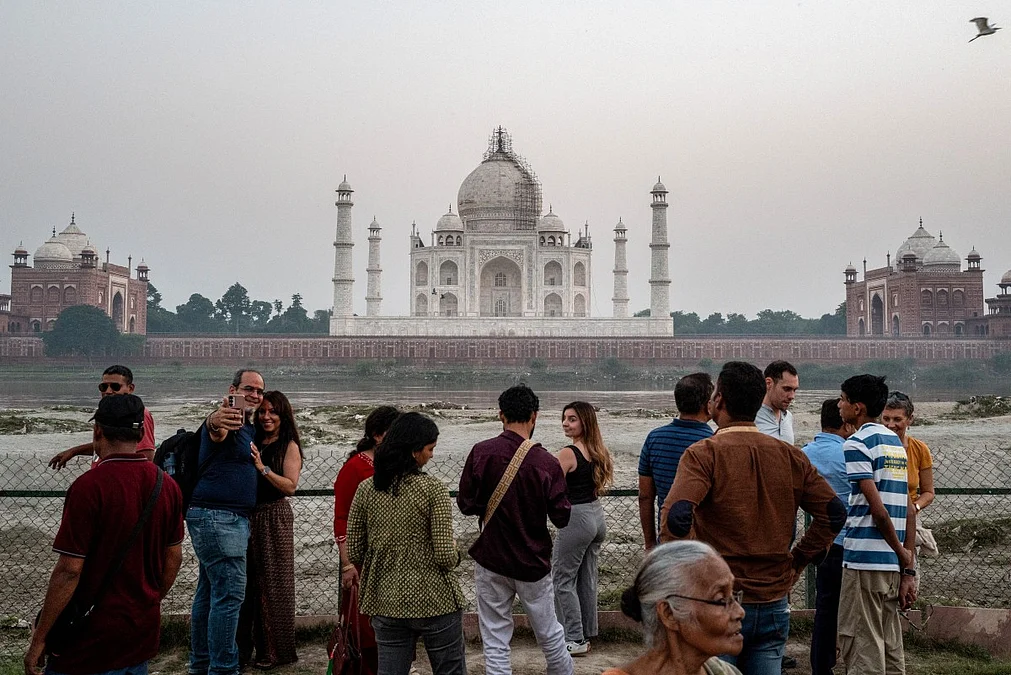Copyright Chicago Tribune

An exhibition commemorating the Oct. 7, 2023, Hamas attacks in Israel has arrived in Chicago. The Nova Exhibition, created by producers of the Nova Music Festival attacked by Hamas, is aimed at providing support and visibility for survivors, who offer firsthand accounts of what they experienced that day — and how they are trying to heal. The Nova Exhibition is now open in a space on Clybourn Avenue, running through Nov. 30. Just inside the entrance, visitors are encouraged to view a short film giving background about Nova, a weekend-long trance music festival in the Negev desert, a few miles from the Israeli border with Gaza. The festival coincided with the Jewish high holidays, beginning on the final day of Sukkot and drawing a largely young, secular crowd of 3,000 to 4,000 people. “It was like Lollapalooza or Burning Man,” Nova spokesperson Brian Abrahams said. “Imagine, when it happened, 3,500 people ran and left everything. There are 20,000 objects here from the festival.” Those objects range from the colorful canopies shading music fans from the hot sun; to burned out cars and overturned porta potties; to clothes, tents, trash and rolls of toilet paper intentionally strewn in reconstructed campsites on a sandy floor of the exhibition’s empty storefront — a transformed former Bed, Bath & Beyond. Another section recreates the dance floor and bar where survivors hid in mini-refrigerators and where bartender Liron Barda stayed to render aid despite having no medical training. Between the campsites and bar is a section detailing what happened to many people who fled the grounds and attempted to hide in nearby kibbutz settlements — only to be trapped and killed. Another notes graphic sexual assaults that took place during and after the attacks. The exhibition is mostly chronological, first taking visitors through the campsites, which include cell phones and floor-level video screens playing looped footage taken by festivalgoers as they attempted to flee or hide — many are goodbyes, recorded as final messages to loved ones. Video from Hamas’ body-worn cameras reveals graphic footage of militants carrying out the attack. In several, they shout “Allahu Akbar,” meaning “God is the greatest,” or “In the name of Allah we conquer,” as translated in one video’s captions. In another, they taunt captured festivalgoers, demanding they chant “Allahu Akbar,” too. Nova was the epicenter of a coordinated, unprovoked attack by Hamas, which killed 1,200 people, including nearly 400 from the festival, and kidnapped more than 250 hostages. It was the deadliest attack in Israel’s history, igniting a war that has since killed several hundred more Israelis and nearly 70,000 Palestinians in Gaza. Nova Exhibition is not a memorial, a museum or a political statement. Visitors have permission to touch items or pick them up as they move through an artfully curated, multi-sensory experience. Survivors and bereaved family members are present throughout the exhibition to answer questions. While seeing it over the weekend, I was repeatedly told no question is off-limits. “It is hard, but I feel seen,” said Nitzan Schlezinger, an Israeli woman whose father, Asaf, was the festival’s lead paramedic. Like Liron Barda, Asaf Schlezinger was shot and killed by Hamas while treating the wounded. Through Nova, Nitzan has met some of the people he saved. “I want people to know what happened to my father there,” she said. “And to know all of us as a community, as people, as human beings. It makes me feel good that people are more aware of it, with all of the misinformation that’s out there.” In the months following the attacks, Nova’s producers, survivors and grieving family members connected with one another, which Schlezinger said allowed them to piece together what happened through stories, videos and items they gathered. The exhibition’s affiliated foundation, Nova Tribe, provides a network and wraparound support for survivors and family members dealing with trauma and grief. Some, like Schlezinger, travel with the exhibition and give testimonials (a companion exhibition is currently running in Berlin). In her 45-minute presentation, she shares photos and videos of her father on the day he died, but also tells personal anecdotes about her upbringing and Asaf’s “dad belly,” something he inherited from his father, a Holocaust survivor. “People who come to the exhibit hear our stories,” she said. “Also, for the survivors and the bereaved families, we connect with each other, we connect dots, we have time together. It’s a very powerful experience.” In the aftermath of the attack, Nitzan Schlezinger’s twin brother, Nir, went to the scene and found their father’s car completely burned. One item, however, was perfectly pristine: a white and blue prayer shawl passed down from their grandfather to their father. Nitzan later wore it as a way to feel Asaf’s presence at her wedding. These stories are told in a room near the exhibition’s exit, backed by their slogan, “We will dance again.” It’s an intentional contrast from the dark trappings of the recreated festival, aiming to ultimately provide a hopeful narrative of remembrance and healing. The Nova Exhibition focuses almost entirely on the events of Oct. 7, though one display references the hostages. Since the exhibition first began, many hostages have been returned. This is now noted with two stickers that say “home” — one color for the living and another for those returned as remains. “After the hostages came back, it’s even more important to travel and keep showing people what happened,” Schlezinger said. “People tend to forget.” Still, exhibition organizers are hardly oblivious to the Israeli government’s polarizing role in the war. The Gaza conflict since Oct. 7 has claimed many times more Palestinian lives than Israeli and has made any conversations about the attacks or Israel’s response highly divisive. Security is tight, perhaps in anticipation of demonstrations, which took place outside Nova Exhibition when it was mounted in New York last year. Abrahams said they have not had any protestors in Chicago up to this point, but precautions are in place. The parking lot outside Nova Exhibition is fenced off. Security guards are posted at entrances and exits. Visitors pass through a bag check and metal detectors before entering the exhibition. They’ve also connected with cultural alliances lending visible support for Nova, including Chicago’s Hellenic American Leadership Council. “HALC is visiting the Nova Exhibition in search of hope,” said executive director Endy Zemenides during the group’s visit last weekend. “Oct. 7 plunged us into a world of darkness and despair, and in the years that followed, we have seen ancient hatreds come back more virulently. To be able to see how individuals, families, an entire nation have been able to remain resilient in the face of tragedy and have a message of ‘We will dance again’ may give us the hope we seek in order to heal the world.”



